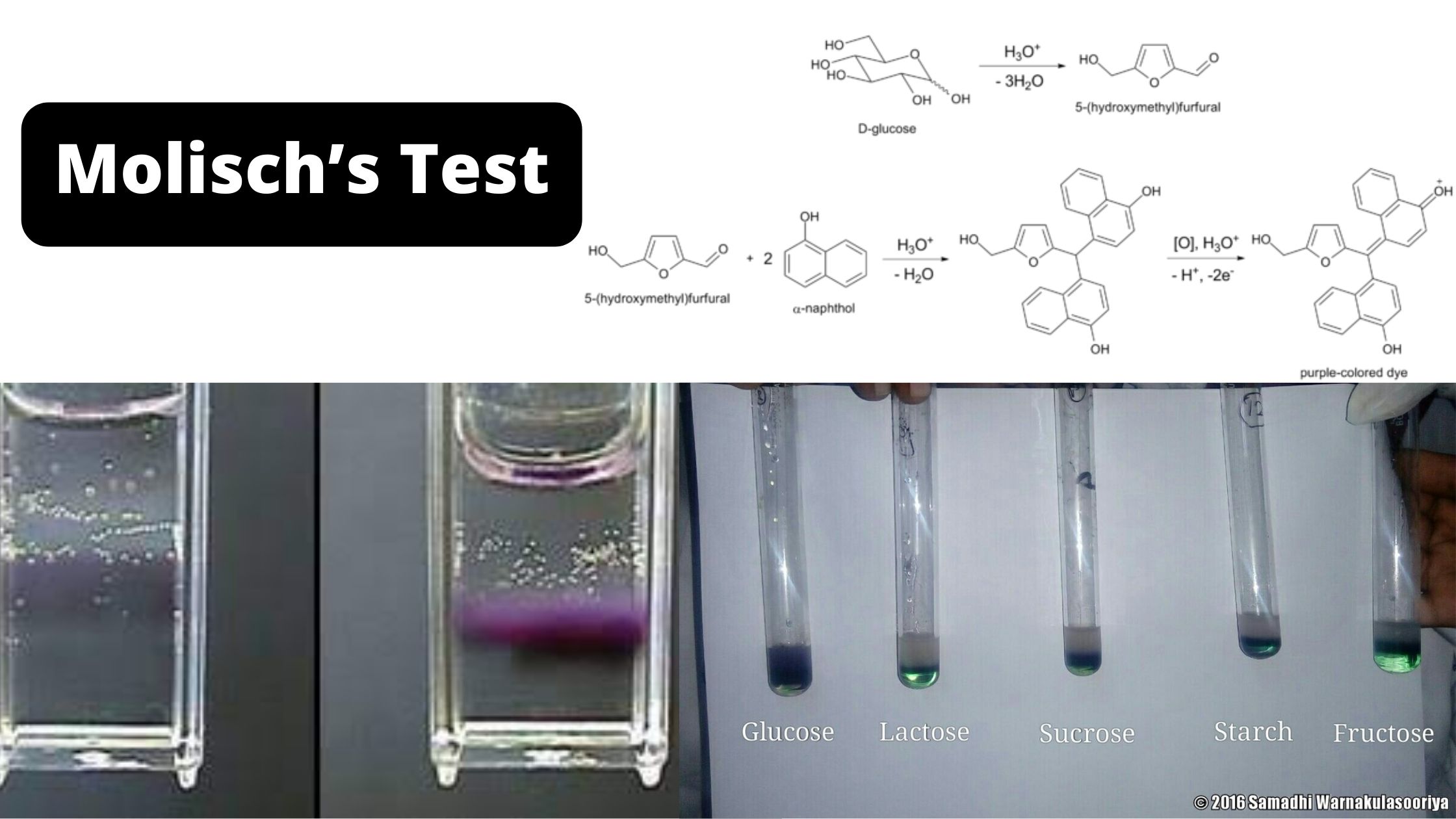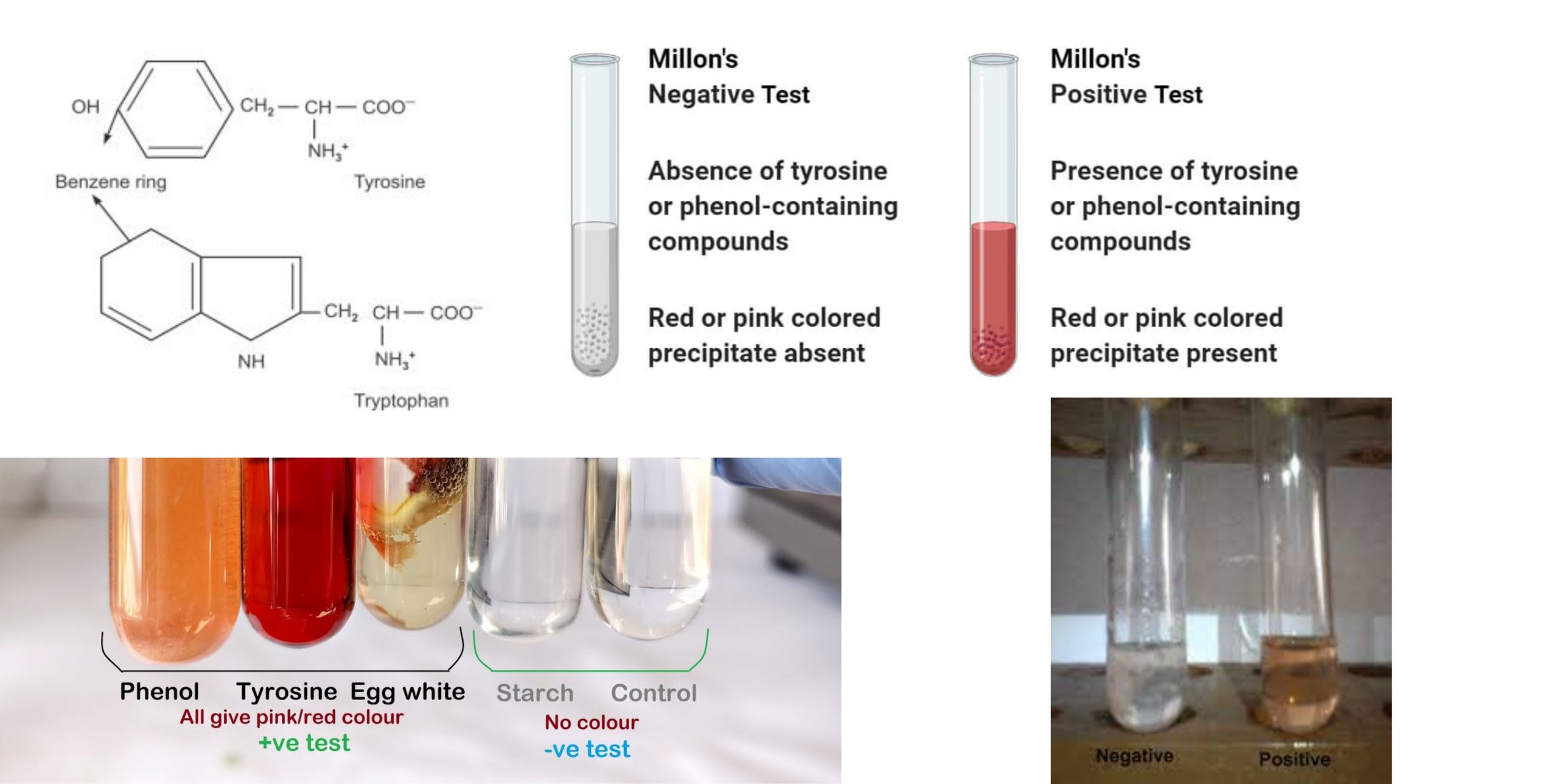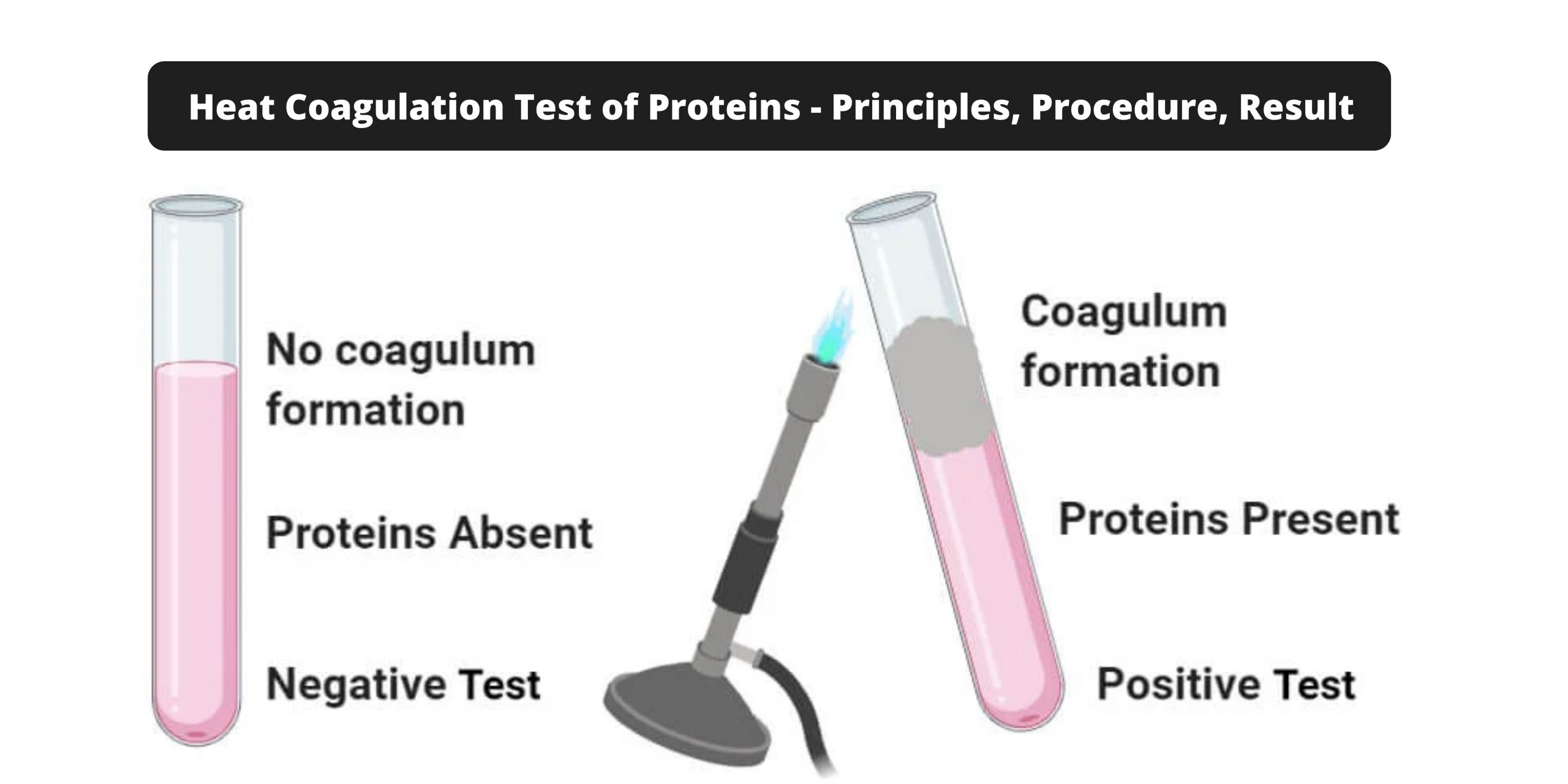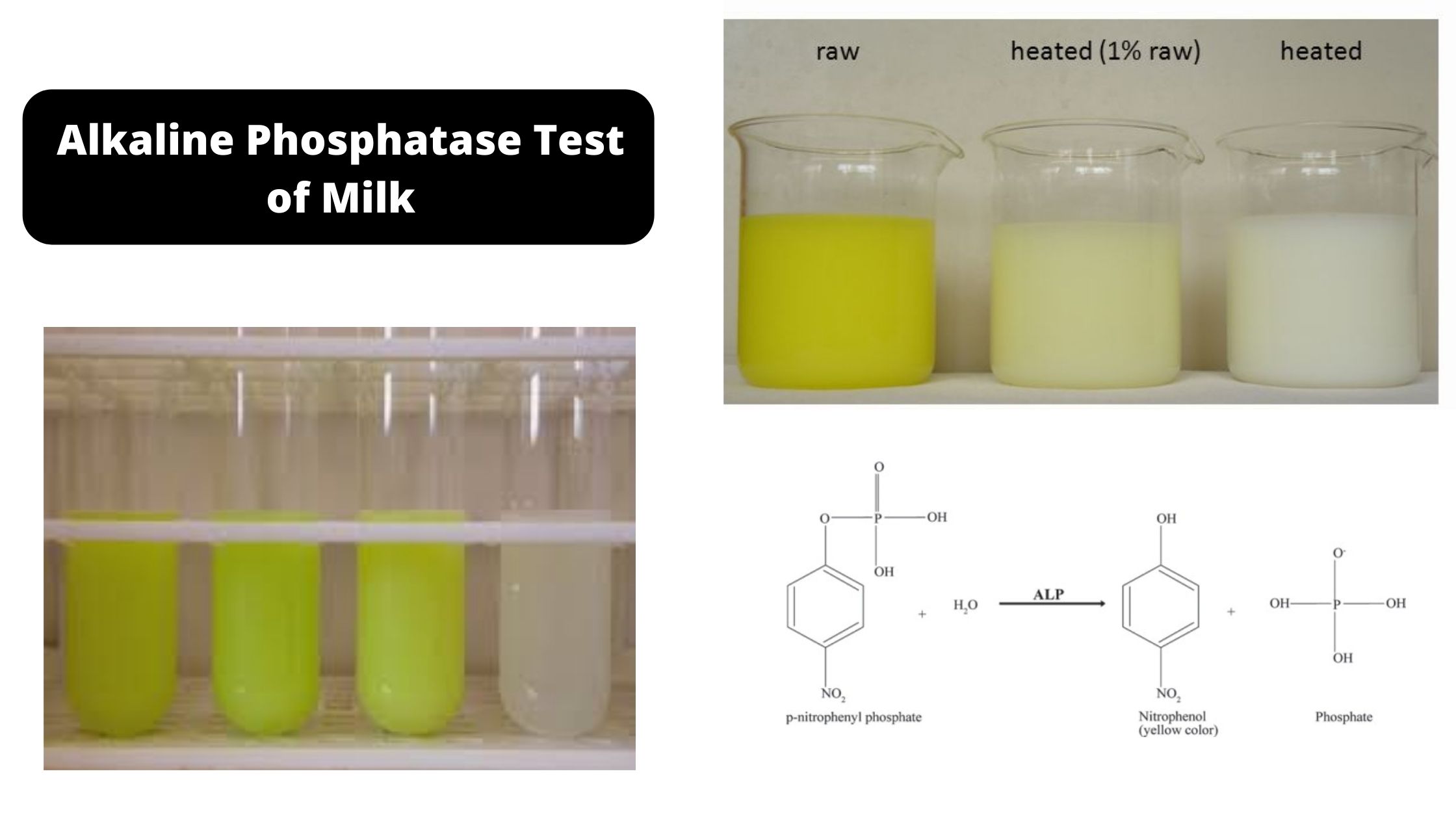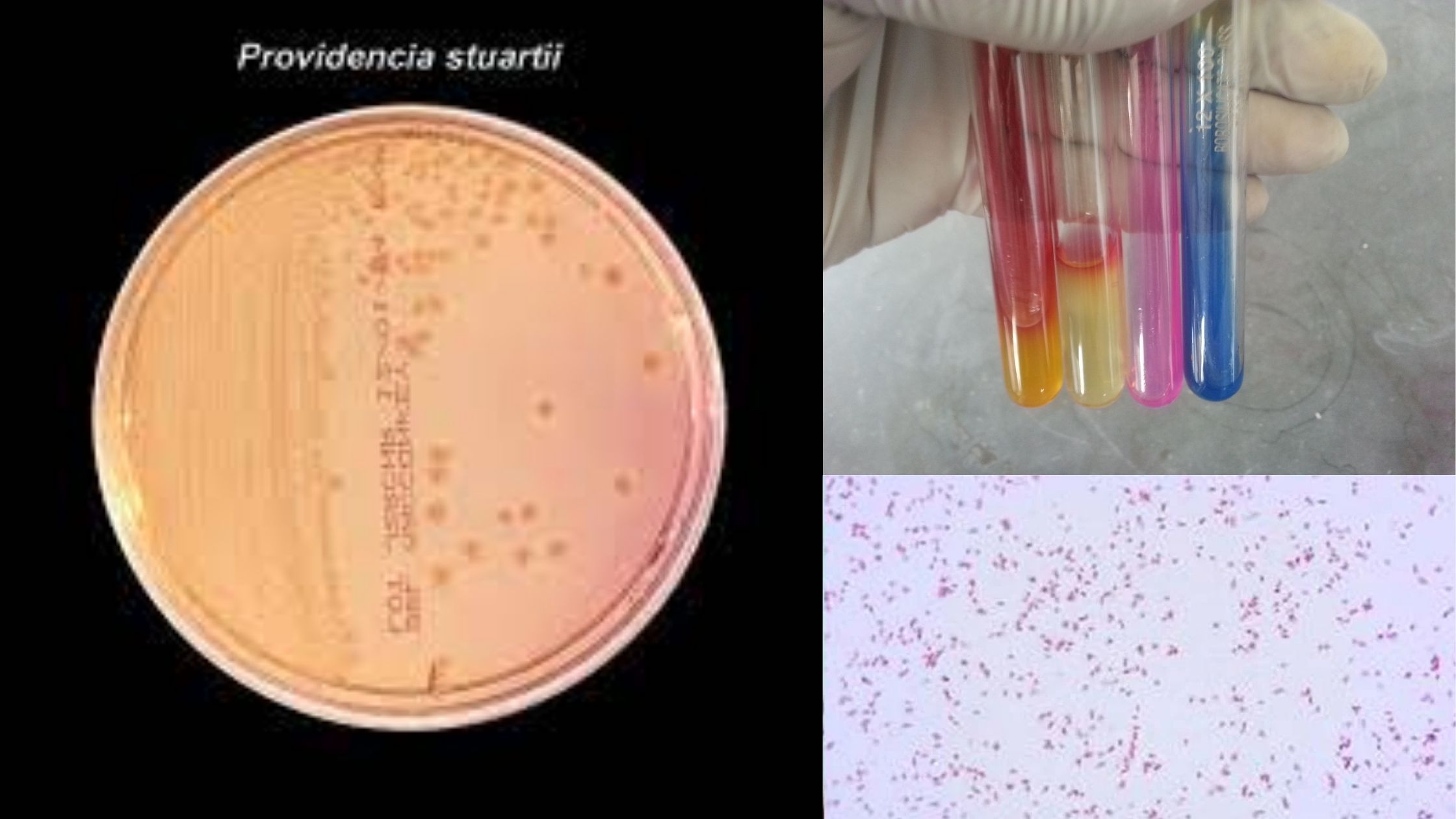Molisch’s Test Objective, Principle, Procedure, Result
This is a test that is common for all carbohydrate larger than the tetroses. The test works on the basis that pentoses as well as hexoses can be dehydrated using conc. sulfuric acid, resulting in furfural or hydroxyl-methyl furfural or hydroxyl methyl furfural. These compounds condense with a-naphthol to create a purple condensation product. Molisch’s … Read more
